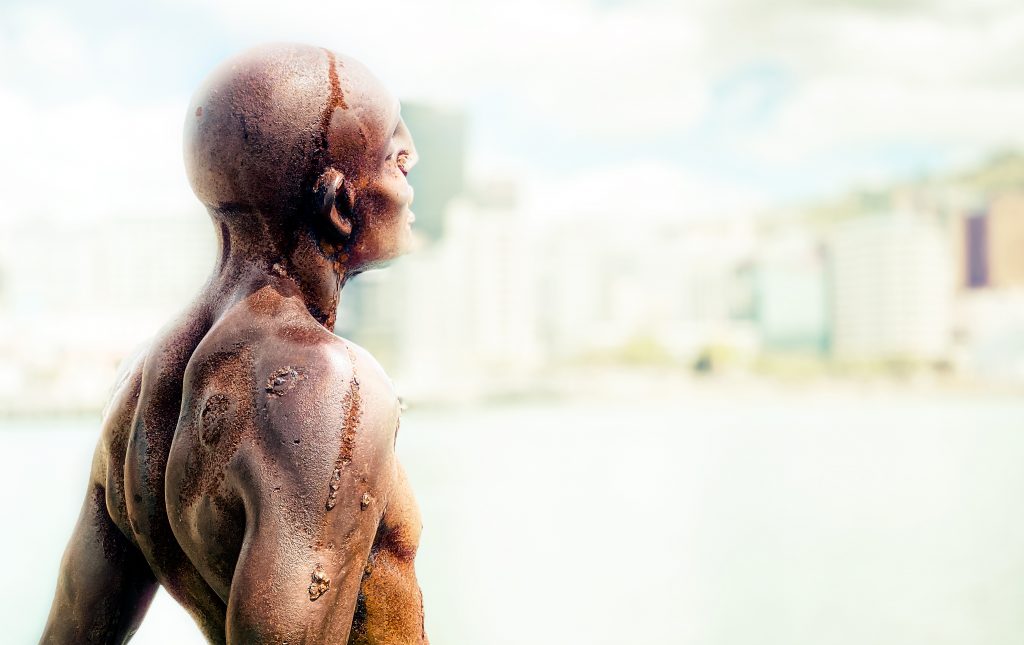 Henley-Berwick Road – Buy or view the Ōtepoti | Dunedin gallery
Henley-Berwick Road – Buy or view the Ōtepoti | Dunedin gallery
Heading south, I drove through dull, mid-morning rain. Here and there the road plunged into pools of water that were beginning to pond in either lane that led past vast acreage of farm lands. Homesteads scattered the countryside along with flocks of sheep and herds of cows that looked fed up in the rain. Before long, I passed through the little village of Henley which is really like a lot of tiny communities in New Zealand, a sleepy little farming district that was once much busier than it is now.
Situated 35 kilometres south-west of Dunedin, Henley is much more accessible than it once was. Thanks to the modern motorcar, a drive out to Henley can be done in around 25 minutes. This is much quicker than the full day walk it used to take resident’s 150 years ago who would make the trip once a week, to sell produce at local markets in Dunedin. For those that fancied a more coastal route to get to Henley, the other option was to travel from Dunedin down the coast to Brighton where a boat would take passengers to Taieri Mouth. Once at Taieri Mouth, another boat would take people up the Waipori River to the settlement of Taieri Ferry. Once at the river junction of Taieri Ferry, travellers would either venture the short distance to Henley and Otokia or continue on south towards Waihola and Tokomairiro.
Henley’s major contribution to world news is that the nearby river flood’s occasionally. That, and there was once a cheese factory located in the small village that moved to the neighbouring township of Momona. It was then bought by the much larger Mainland Cheese company in the 1980’s. Beyond that, not much news really comes out of Henley, unless of course you count people picnicking during summer on the banks of the Taieri River which ambles through the district.
It had been raining for three days, the river was high, the farm fields were starting to resemble duck ponds and a wet and muddy herd of cows looked pretty pissed off as they chewed a bale of hay. As I splashed my car through the puddles that lined a road I occasionally shared with a truck or two that rattled passed, the rain continued to fall. The river was a muddy brown while vehicles that had long since been abandoned and large piles of firewood that would take an age to dry sat in drenched farm fields, alongside farm machinery that showed signs of recent use. Eventually I came to the Henley bridge where a local gave me his best ‘what the hell do you think you’re doing look!’ I gave him a friendly wave which was returned with a smile. I paused for a moment by the river to take in the bridge and the former cheese factory.
The cheese factory was opened in 1886 and at its peak produced 225 tons but has long since been abandoned while the bridge it sits beside actually suffered significant damage in the 1980 flood when a section of it was washed away. Unfortunately Mr John Spain wasn’t aware of this fact so while completing his morning bread deliveries in the shadowy light of pre-dawn, he suddenly found himself plunging from the bridge into darkness as his truck nosed into the torrent of water that had swept a section of it away.
With the rain getting harder, I ditched my initial plan to photograph the former cheese factory until a day when there was some blue sky around. I watched a ute and horse float disappear along the Henley-Berwick Road towards State Highway 1 and Dunedin before following suit.
 Smaills Beach– Buy or view the Ōtepoti | Dunedin gallery
Smaills Beach– Buy or view the Ōtepoti | Dunedin gallery




 Savaged By The Wind
Savaged By The Wind 


















 The Privy at Matanaka
The Privy at Matanaka 





